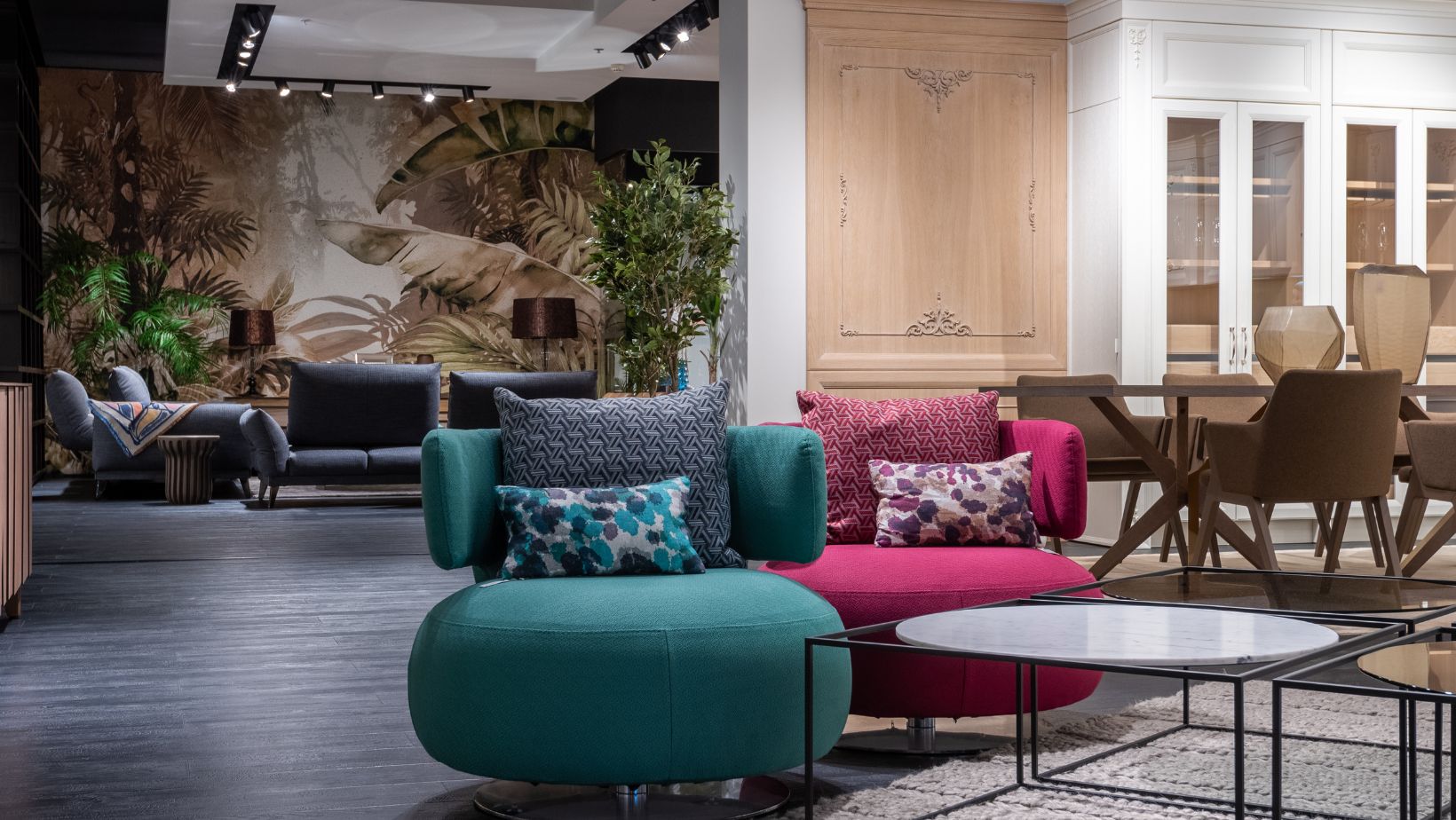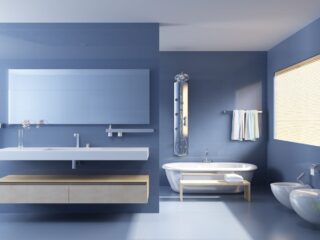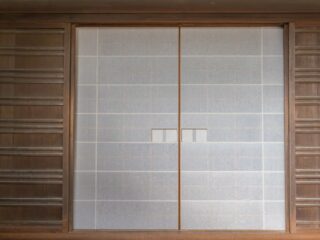
Walking into your first interior design showroom can be like walking into a world of infinite potential. These spaces, which display all styles, materials, and colors, provide the ideal canvas for starting a creative journey and unleashing the ability to design in each of us. The key is knowing how to navigate them, which can turn a fun experience into a productive one. This guide helps first-timer interior designers prepare for designing endeavors and offers the information necessary to get the most out of their showroom visit.
A Better Understanding of Showrooming
Interior design showrooms are a passage between imagination and reality. These spaces enable people to experience design elements in a more tangible or real way. Showrooms are different from online catalogs, where everything is virtual. You can see products online but cannot feel them. However, when you visit a showroom, you can interact with products and make decisions based on experiences. 
Navigating the Space
Showrooms can be a bit daunting at first sight. First-timers may be confused due to the sheer number of options. To cope with this, the visit must be managed systematically. Start with a brief guided tour to familiarize yourself with the layout and what things mean in a design context. This first glance allows you to see what you want to explore later in depth.
Focusing on Personal Style
Showrooms have plenty of styles, but be true to yourself. By the time you go in, you’ll have a pretty good idea of what styles or themes you prefer. Perhaps practice making a mood board or booklet of images that demonstrate each style in person and show things you enjoy the most. This process not only helps you narrow down choices but also enables showroom personnel to personalize their suggestions.
Incorporating Functionality
The products you choose must work well to ensure practicality and full functionality. However, aesthetics are important, too. As you preview the products in a specific setup at the showroom, consider contemplating how they will fit into their lives. Let maintenance, storage space, and comfort level be the factors guiding your decision-making.
Reviewing the Budget
Visiting a showroom with a budget in mind can help ensure that the options are affordable and offer value for money. It is possible to be tempted when visiting showrooms, and many items can impact your original budget. That’s why setting a budget before you visit a showroom can help avoid additional expenditure. It informs your decisions and ensures you do not purchase products that cause you to overspend.
Exploring Innovative Trends
Interior design showrooms display the latest trends and innovations in the industry. This allows a first-time visitor to look at new materials, technology, and sustainable practices. A discerning but open mind when faced with several attractive design ideas is a gateway to new ideas. Sometimes, one upcoming trend may not be a hit then, but it can inspire creative ventures in later years.
Taking Notes and Photos
Many options considered one after another can make you forget or miss details about specific products. Capture pictures and take notes to help jog your memory when you return home. This will help you capture important information like brand names, prices, and special features so that nothing valuable is missed in the excitement of the showroom tour. This resource comes in handy when you finalize your decision later or need to choose one from multiple solutions.
Building a Professional Rapport with Showroom Staff
Building a professional association with the showroom staff can pay off in the long run. The staff usually knows about future sales or exclusive merch and can offer helpful design advice. 
Conclusion
Interior design showrooms offer a one-stop solution for developing and experimenting with design ideas. Equipped with the right strategies, first-time visitors can confidently and purposefully navigate these spaces. Understanding the goal of showrooms, catering to your style, and keeping utility and budget in mind helps make wise decisions. It also enables you to match the design to your personality. In the end, this should be a journey that inspires creativity and joy in interior design.





